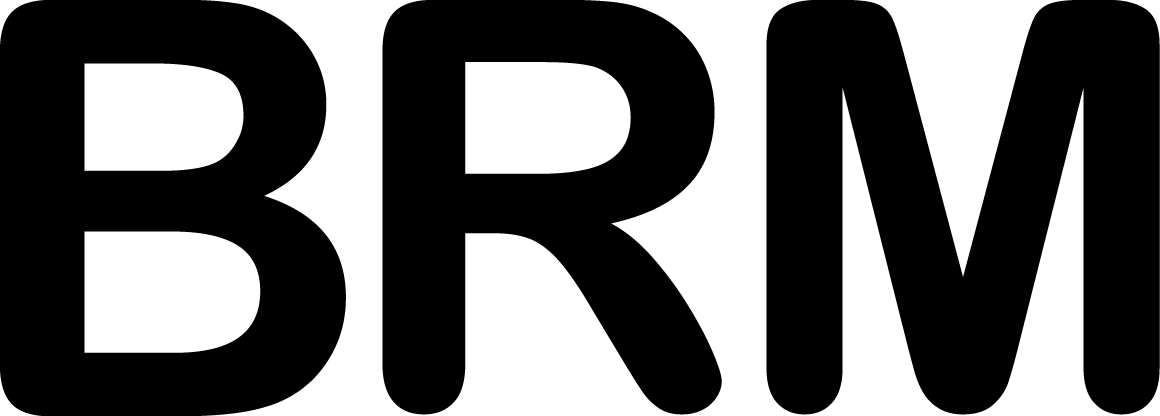DOES THE PAIA WATER LAUNCH?
Water can enter the Paia’s cells, however, the entire leading and trailing edges are fully open to allow unobstructed water exit, giving the Paia water launch similar to a single skin, but at a slower pace.
IS IT DIFFICULT TO GET THE AIR OUT OF THE PAIA (TO STOW)?
The effectiveness and technique to air out of the Paia is similar to a single skin thanks to the entirely open leading and trailing edges allowing rapid air exit.
IS A DOUBLE SKIN MORE DIFFICULT TO LEARN?
Different is more descriptive than difficult. Just as single skin parawings are suited with handling technique adjustments different from inflatable wings, the Paia double skin is suited with adjustments in handling technique different from a single skin. Please see descriptions in our riding tips.
DOES THE PAIA FIT IN THE STOW BELT?
The Paia fits in the stow belt, however, not nearly as quickly or easily as a single skin, especially in the larger sizes.
ARE THE PAIA LINES LONG?
As with all BRM parawings, the Paia’s lines are within an arm’s reach. The Paia’s line length is similar to the original Maliko, not as super short as our second generation single skins, with an emphasis on flight performance over retract ease.
WHICH OF THE THREE SINGLE SKIN MODELS IS MOST LIKE THE ORIGINAL MALIKO?
From a performance perspective, all new models share updates making the performance of the three more similar to each other than to the original Maliko. From a riding application perspective, the Ka’a is the most similar due to the flight character of its aspect ratio and the stow/deploy of its line length. The Kanaha’s performance is quite similar to the Ka’a. The Maliko 2 has performance more specialized for “single-stow” downwinding.
CAN I GO UPWIND?
Absolutely. Parawings share design DNA with Olympic class parafoil kite racing at the highest possible upwind performance. Upwind angle on a parawing varies by individual technique, conditions, and equipment pairing. Most riders will find higher upwind angles easier with the performance updates on our second generation of parawings. Upwind effectiveness is the performance priority of our Kanaha model parawing.
CAN I RIDE A PARAWING WITH A HARNESS?
Yes, a harness can offer great performance options. Parawinging has specific new performance challenges, which we’ve put a lot of development into solving with our harness lines, hooks, and belts.
CAN I USE MY SMALL WINGBOARD?
Yes, we test our parawings on the full spectrum of board sizes, from itty-bitty pump boards to full size DW boards. A board’s efficiency level has a massive influence on a parawing riding experience, including the power required to get on foil. The greater the board’s efficiency, the greater the range in riding conditions. The balance in efficiency vs. performance of mid-length boards is a great choice for many parawing riders.
DOES THE PARAWING FLOAT?
Our designs target neutral bouncy so that, when released, the parawing temporarily parks in position on the water’s surface. Performance varies by environment.
WHY IS IT CALLED A PARAWING?
Our initial development was seeking to progress the performance of our wingfoiling inflatable wings. Our prototyping included inflatable kite designs prior to evolving to designs crossing over from paraglider and parafoil kites. The term “parawing” has existed for over 75 years. We adopted use of this terminology for the new riding category defined by the launch of our BRM Maliko in August of 2024 because we felt that its perfectly descriptive of our newly applied use of parafoil design to the sport of wingfoiling.


